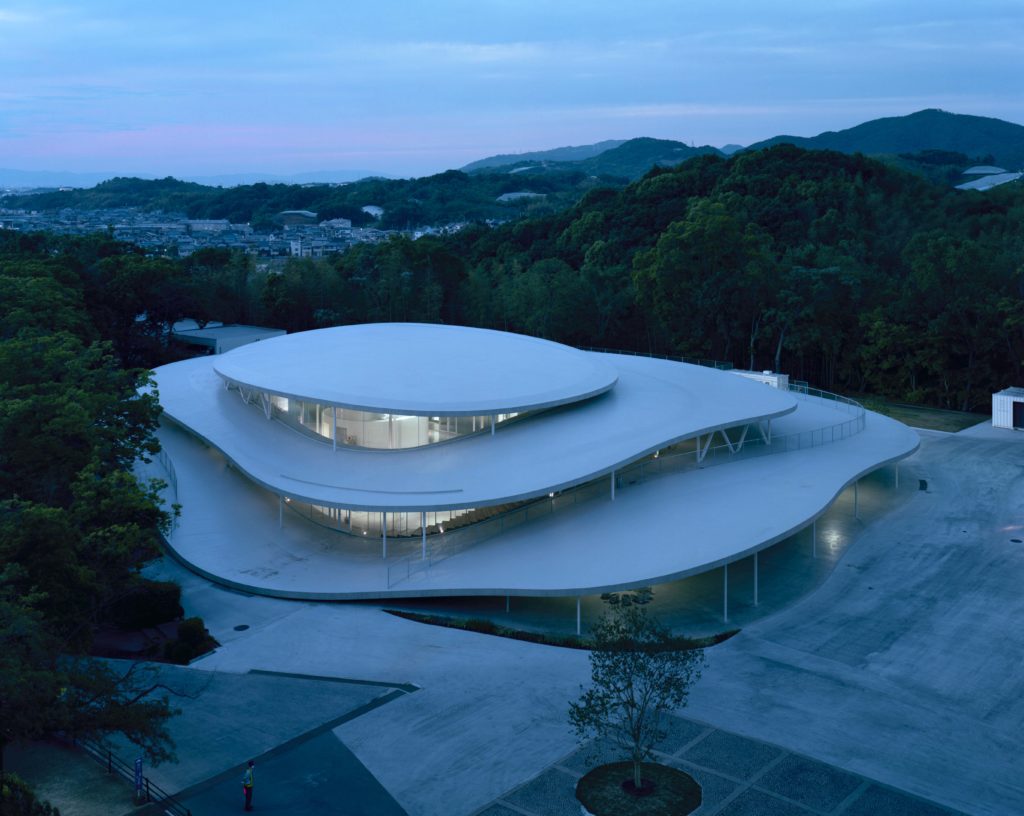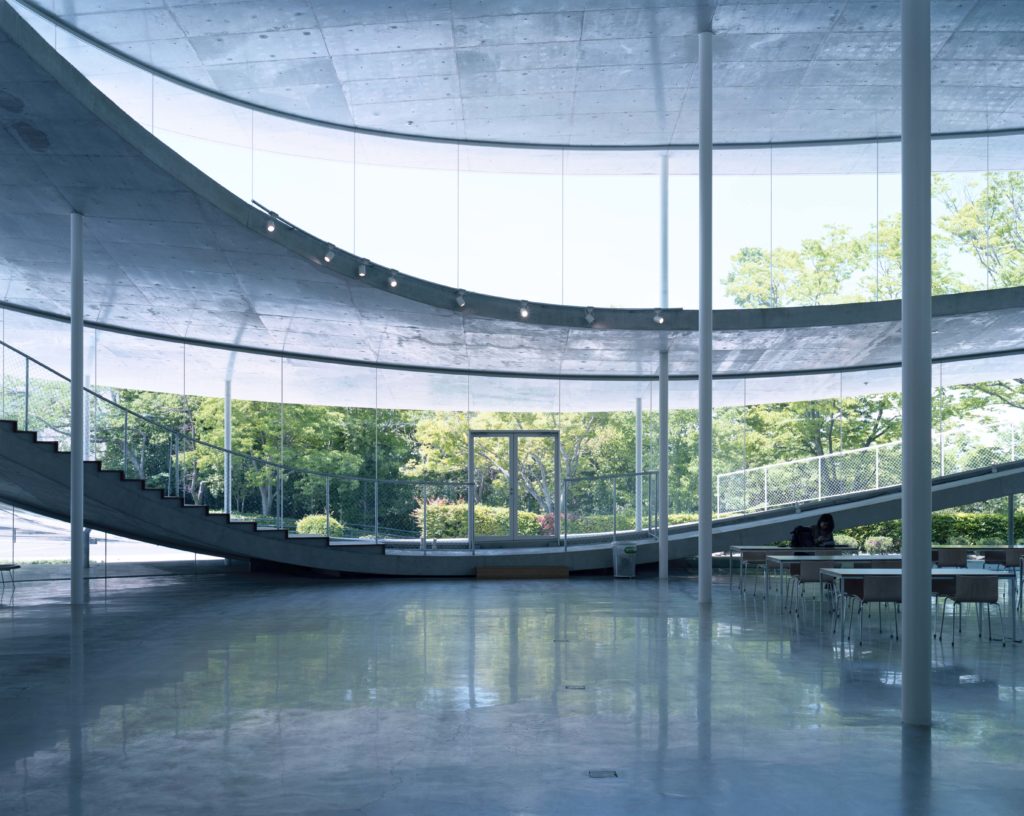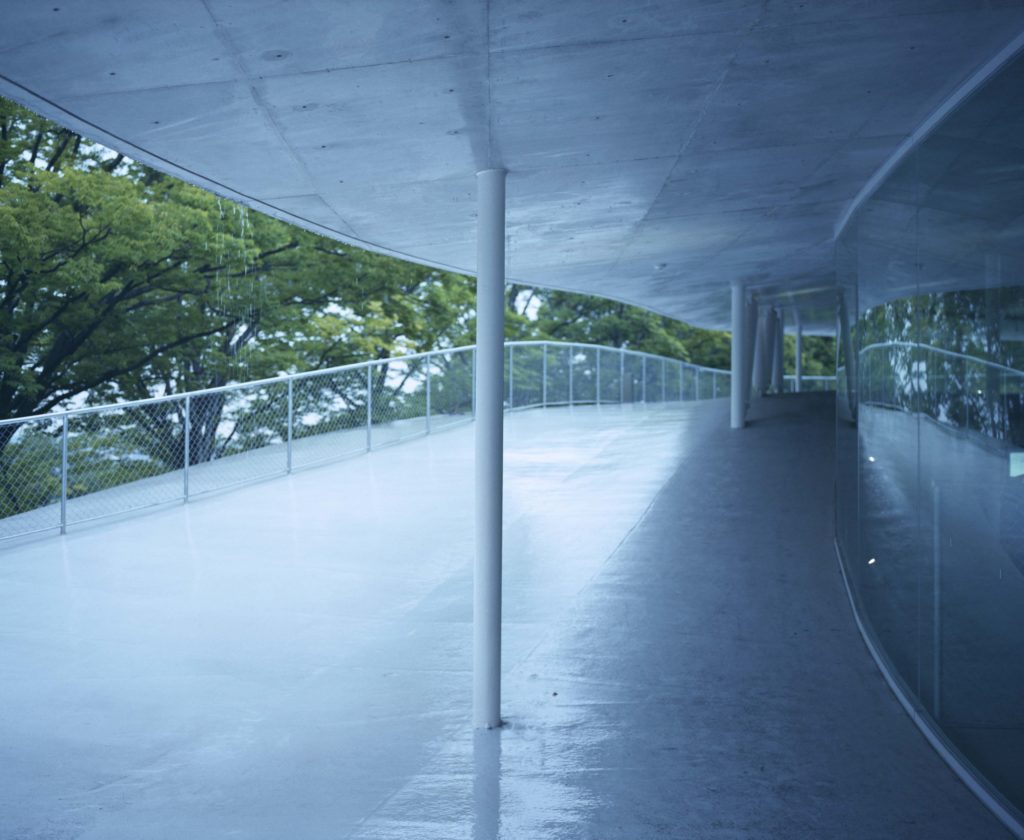The documentary “Architecture, Time and Kazuyo Sejima,” directed and filmed by photographer Takashi Homma, will be released at Eurospace in Shibuya, Tokyo which opens from October 3rd. This work follows architect Kazuyo Sejima’s design and construction of a new school building in the Department of Art Science at Osaka University of the Arts over the course of three and a half years. The film clearly depicts how an architect tackles a single building. This time, I talked to the director, Mr. Homma.
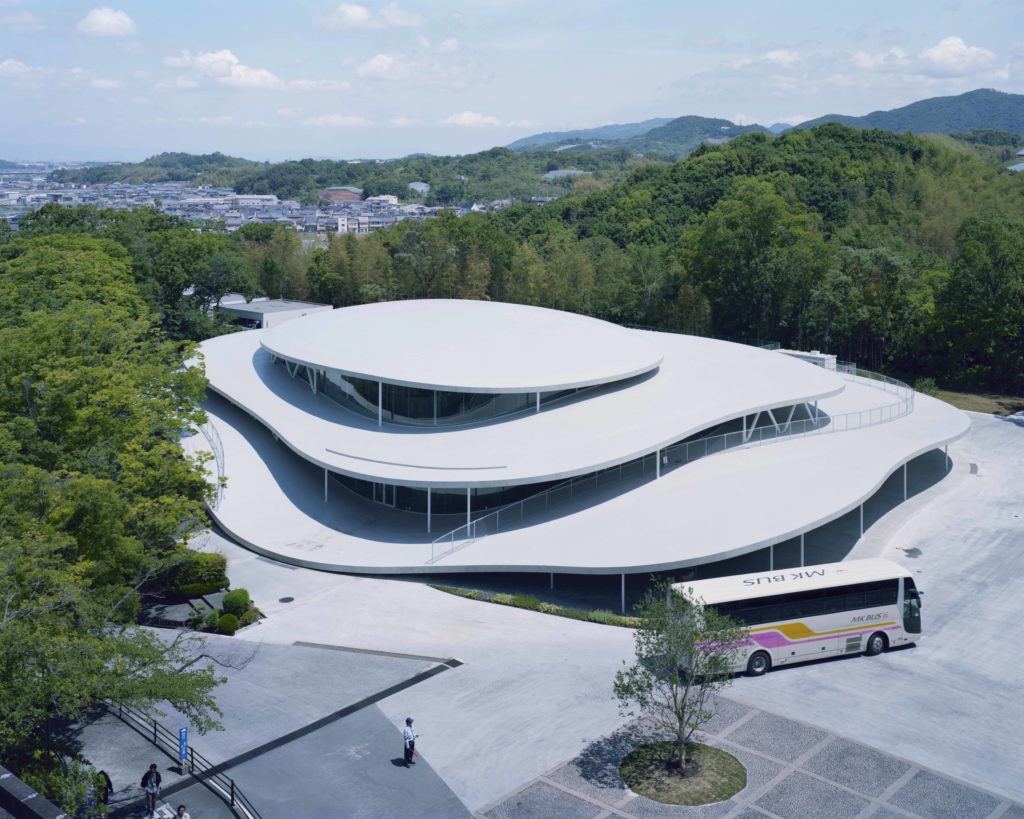
——How did you become the director of “Architecture, Time, and Kazuyo Sejima”?
Takashi Homma: I was asked by Osaka University of the Arts. At first, I hadn’t decided to make a movie, so I asked them to make a recording once every six months. Osaka University of the Arts has a department of architecture, so I thought of making it for educational purposes. Then, after shooting about half of it, there was talk of making it into a movie, which led to this screening.
You may think of a documentary as being in close contact for a long time while filming, but that’s not the case as I’ve filmed six times over three and a half years. Each time was about 10 minutes, so the total screen time is 60 minutes.
——The title is simply “Architecture, Time and Kazuyo Sejima.” Was this decided right away?
Homma: I wanted a simple title that gave the same weight to architecture, time and Ms. Sejima. Normally, I would have focused more on the human aspect of Ms. Sejima in the movie. But after watching it, I had focused on architecture and time so much that she, “You’re not really interested in me.”
——Even so, there is no narration and by following the story of Ms. Sejima, you can feel her charming personality.
Homma: I didn’t make the documentary to convey any message. I interviewed Ms. Sejima once every six months and was interested in what she was thinking at the time and how her thinking was changing. Therefore, I didn’t want to tell you about her charm, but for the viewer to get a sense for it directly.
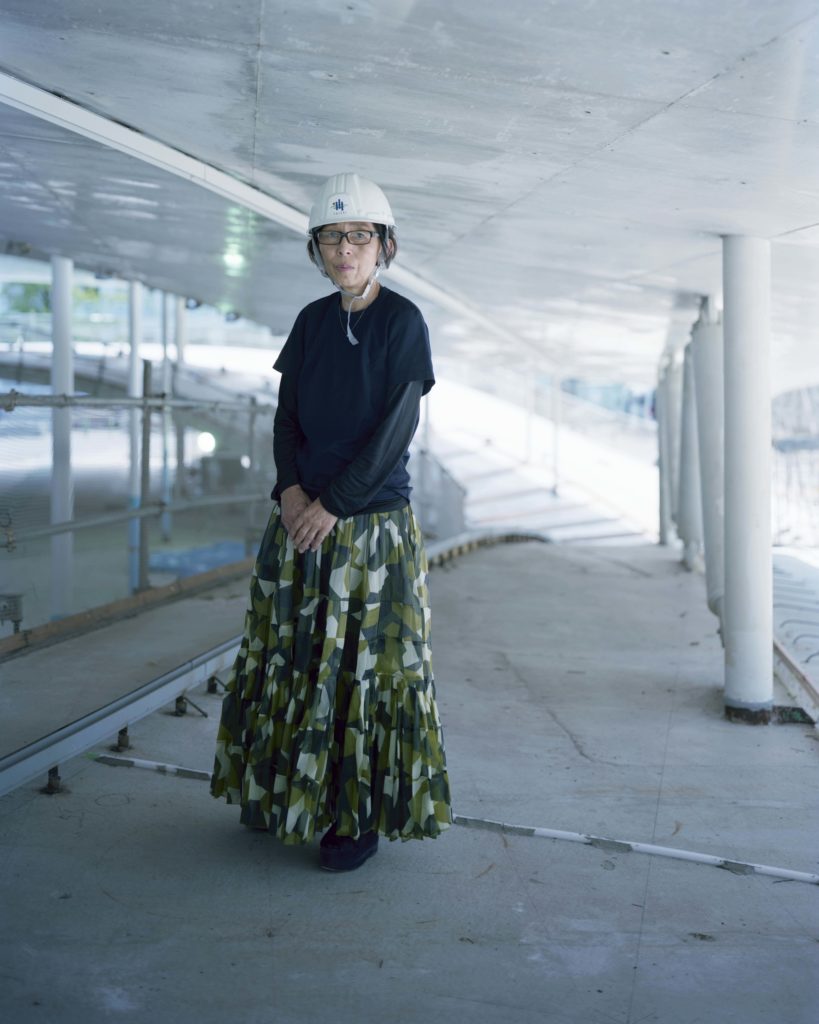
——You’ve also taken architectural photographs of much of her work, but what do you think is the appeal of the architecture that she hasworked on?
Homma: I met her in the late 1990s, but at that time, compared to previous generations of architects, her work was said to be “transparent” and “light” architecture. When I made my debut in the mid-1990s, I was criticized for being a “bright” photograph. So, I felt our approaches matched, and we might have similar ideas. That’s why I thought of photographing her architecture. I’m not generally interested in architecture, so I don’t photograph just any building. Because I was doing a documentary about Ms. Sejima, I was able to do the filming, but I wouldn’t have been able to do it if it was about Tadao Ando.
——The frame angle varies between portrait to landscape to square. This was a fresh take. What was the intention behind this?
Homma: I didn’t originally intend to make it into a movie, so I chose the angle from a photographer’s perspective, such as whether a portrait frame would be better for a person, or if a landscape frame was more appropriate for a wider shot. I do not think it’s necessary to film in landscape frame just because it’s a movie.
——I was impressed with the music because there was no narration. Why did you ask Shun Ishiwaka, an up-coming young drummer, to be the music director?
Homma: He’s basically a drummer, but I saw him playing the piano in a solo concert. It was improvisational, but I felt it was very organic rather than judging his ability. I thought his organic playstyle would go well with Ms. Sejima’s architecture, so I hired him. He improvised drums and pianos over the film and asked him to do about 10 different tracks, from which I chose the best.
——You’ve made several documentary films, but what motivates you, a photographer, to make a documentary?
Homma: There are many documentaries that are made for a conclusion, but I’m not really interested in the results. I’m more interested in reflecting on the process from a mostly neutral position. I don’t think it’s my job to make a dramatic documentary and I see it as an extension of photography.
So, similarly with the process of building, I was interested in what Ms. Sejima was thinking each time. For example, in the movie, Ms. Sejima is at the construction site, and there is a scene where I use a telephoto lens to shoot from a distance, but I usually shoot close up to capture facial expressions and body language clearly. I was interested in capturing what got her to speak when she was walking around the site. I didn’t ask what she said once construction was complete, and I’m not interested. I want the viewer to feel the architecture and Ms. Sejima.
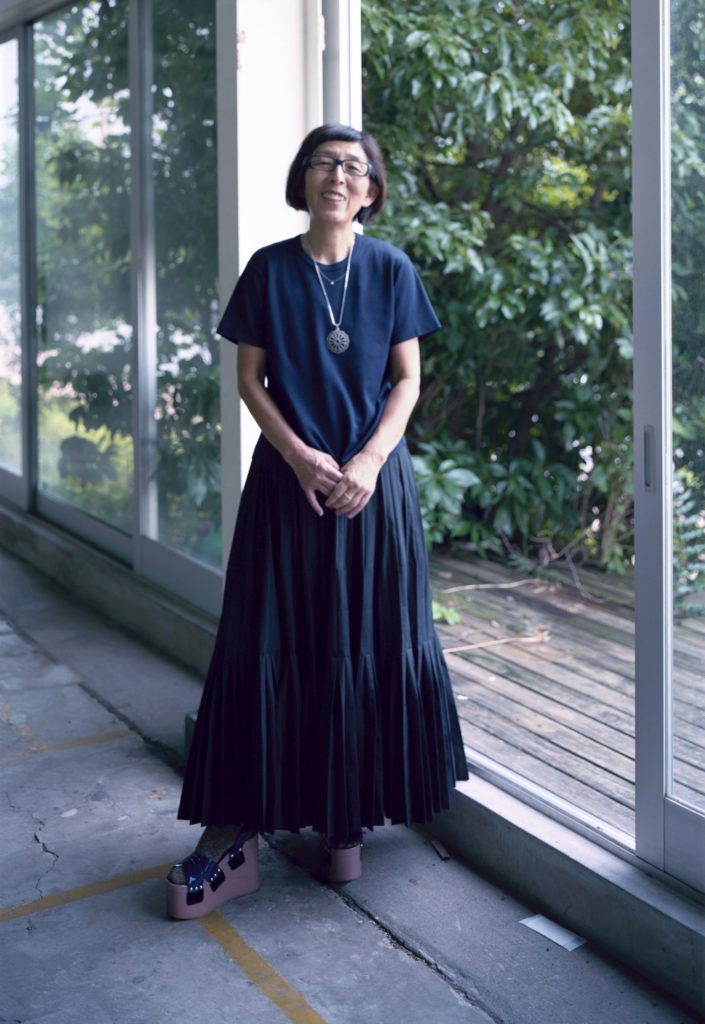
Kazuyo Sejima
Architect. Born in Ibaraki Prefecture in 1956. Completed the Graduate School of Home Economics, Japan Women’s University in 1981. Established Kazuyo Sejima Architects in 1987. Established SANAA with Ryue Nishizawa in 1995. In 2010, she served as general director of the 12th Venezia-Biennale International Architecture Exhibition. She was awarded the Japan Society of Architecture Award*, the Golden Lion Award at the Venezia-Biennale International Architecture Exhibition*, the Pritzker Prize*, and has been awarded the Order of Arts and Letters and the Purple Ribbon Medal. She is currently a professor at Milan University of Technology, a professor at Yokohama National University’s School of Architecture and Urban Studies (Y-GSA), a visiting professor at Japan Women’s University, and a visiting professor at Osaka University of the Arts. (*As a representative of SANAA.)
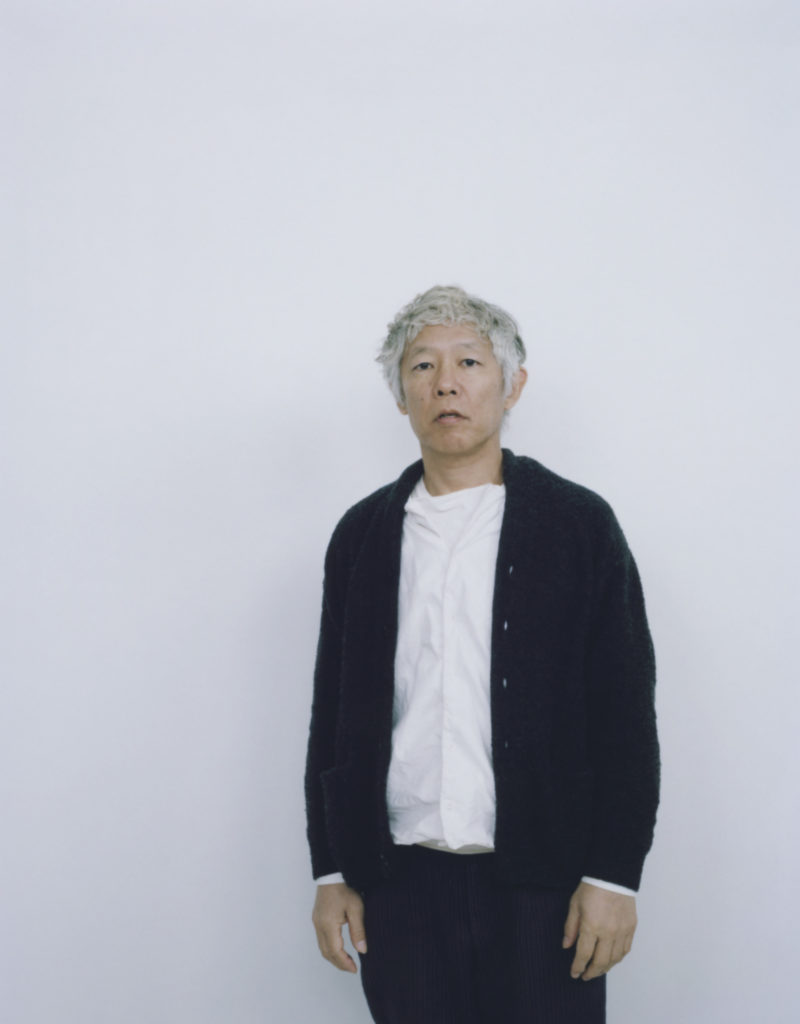
Takashi Homma
Photographer. Born in Tokyo in 1962. In 1999, he won the 24th Kimura Ihei Award for his album “TOKYOSBURBIA” (MOOM, Ltd.). From 2011 to 2012, his solo exhibition “New documentary” was held at three museums in Japan. His books include “Fun Photography: Photography Class for Good Children,” and more recently “THE NARCISSISTIC CITY” (MACK) and “TRAILS” (MACK). In 2019, he published “Symphony: The Child mushrooms from the forest” (Case Publishing) and “Looking Through Le Corbusier Windows” (Walther König, CCA, Window Research Institute). He is currently a visiting professor at Tokyo Zokei University.
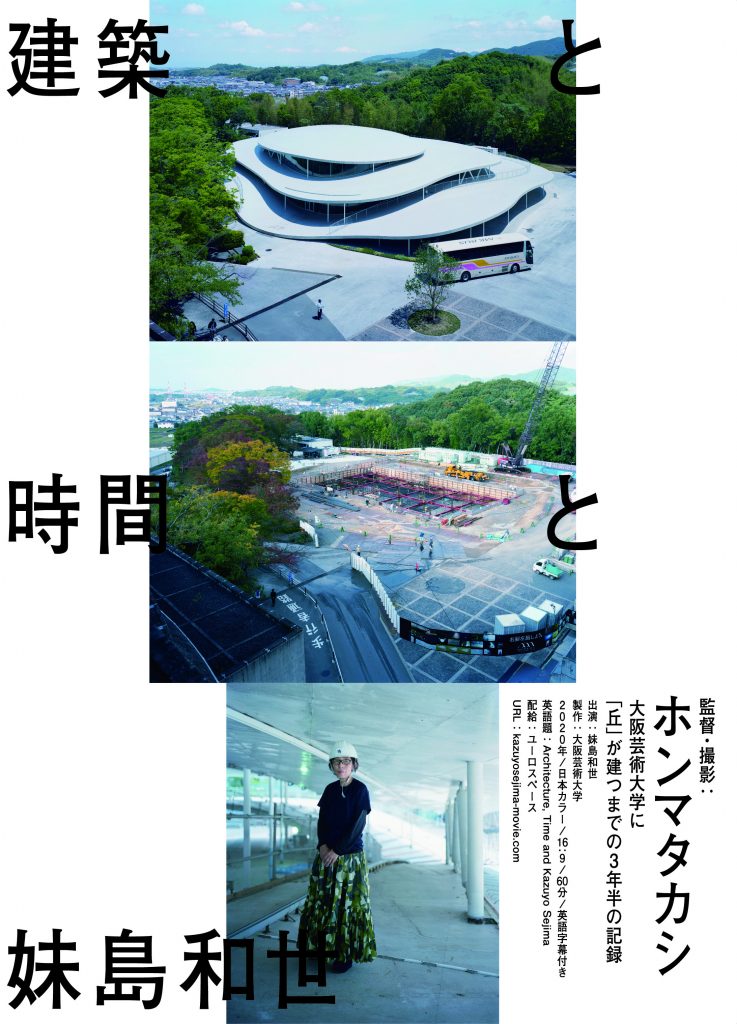
Architecture, Time, and Kazuyo Sejima
Director/Photography: Takashi Homma
Cast: Kazuyo Sejima
Producer: Osaka University of the Arts
Copyright 2020 Osaka University of Arts. All Rights Reserved.
2020 / Japan / Color / 16:9/60 min / English subtitles
Distribution: Eurospace
Official website: kazuyosejima-movie.com


